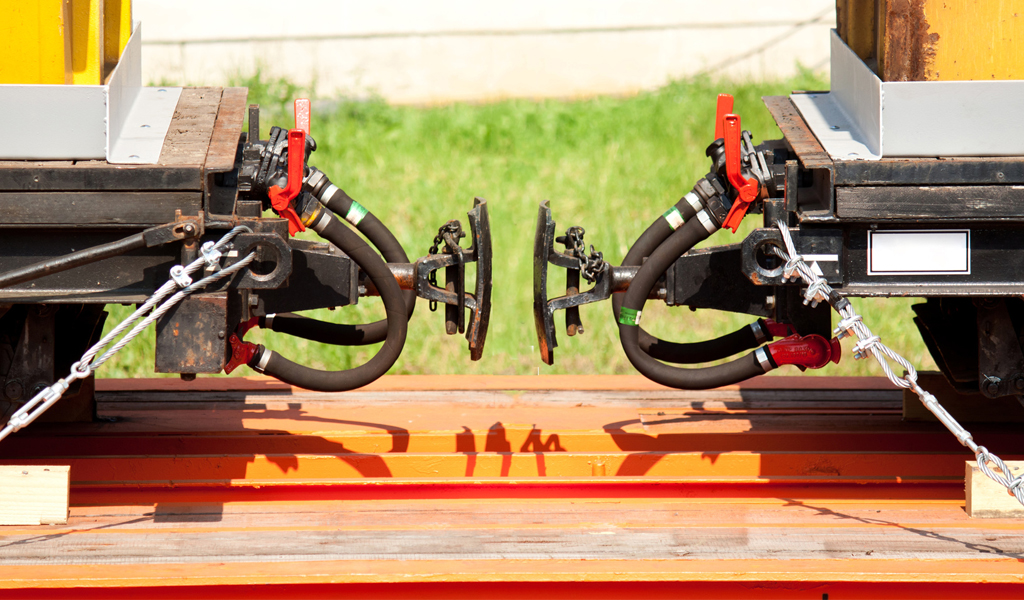Data Center Interconnect (DCI) traffic comprises various combinations of 10G and 100G on each service. In a typical application, DWDM is used to maximize the quantity of traffic that can be carried on single fiber.
Virtually all available products for this function combine aggregation and transponding into a single platform; they aggregate multiple 10G services into a single 100G and then transpond that 100G onto a lambda for multiplexing alongside other lambdas onto a single fiber. Decoupling aggregation and transponding into two different platforms is a new approach. At Fujitsu, this approach consists of a 10GbE to 100G Layer 1 aggregation device—the 1FINITY T400— and a separate 100GbE to 200G transponder—the 1FINITY T100— that serve the two halves of the formerly combined aggregation-transponding function. This decoupled configuration is unique to these 1FINITY platforms, and it offers unique advantages.
Paradoxically, at first glance, this type of “two-box” solution may seem less desirable. But there are several advantages to decoupling aggregation from transponding—particularly in DCI applications. Here’s a quick rundown of the benefits. As you’ll see, they’re similar to the overall benefits of the new disaggregated, blade-centric approach to data center interconnect architecture.
Efficient use of rack space: Physical separation of aggregation and transponding splits a single larger unit into two smaller ones: a dedicated transponder and a dedicated aggregator. As a result the overall capacity of existing racks is increased and as an added benefit, it is easier to find space for individual units and use up scattered empty 1RU slots, which helps make the fullest possible use of costly physical facilities.
Reducing “stranded” bandwidth: Many suppliers are using QSFP+ transponders, which offer programmable 40G or 100G. Bandwidth can be wasted when aggregating 10G services because 40 is not a factor of 100, which necessitates deployment in multiples of 200G in order to make the numbers work out; this frequently results in “over-buying” significant un-needed capacity.. The 1FINITY T400 aggregator deploys in chunks of 100G, which keeps stranded bandwidth to a minimum by reducing the over-buy factor.
Simplified operations: Operational simplification occurs for two reasons. First, when upgrading the transponder, you simply change it out without affecting the aggregator. With aggregation decoupled from the transponder, changes such as upgrading the transponder or adjusting the mix of 10G/100G clients involve disconnection/reconnection of fewer fibers and require fewer re-provisioning commands. Line-side rate changes to the mix of 10 and 100G services involve roughly 60% of the operational activities in comparison with competing platforms. Client-side rate changes involve 25% fewer operational activities. Fewer activities means fewer mistakes, less time per operation, and therefore less cost. Savings in this area mainly affect the expensive line side, which creates a larger cost reduction.
Overall, by separating the aggregator and transponder, Fujitsu can offer data centers significant savings through better use of resources as well as simplification of operations and provisioning. Find out more by visiting the Fujitsu 1FINITY platform Web page.
